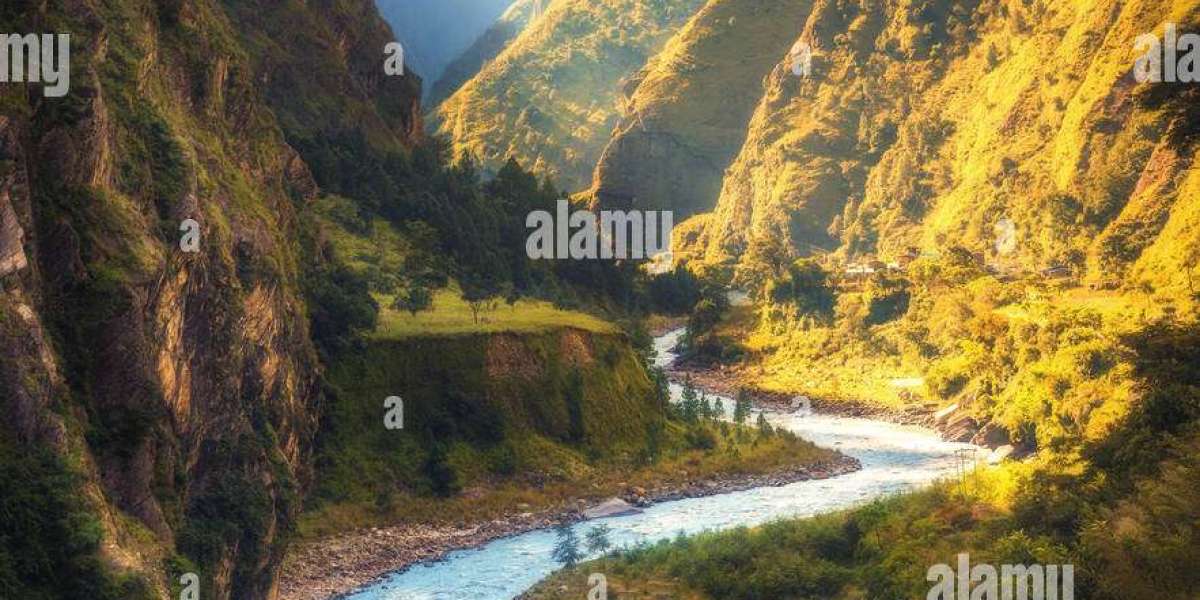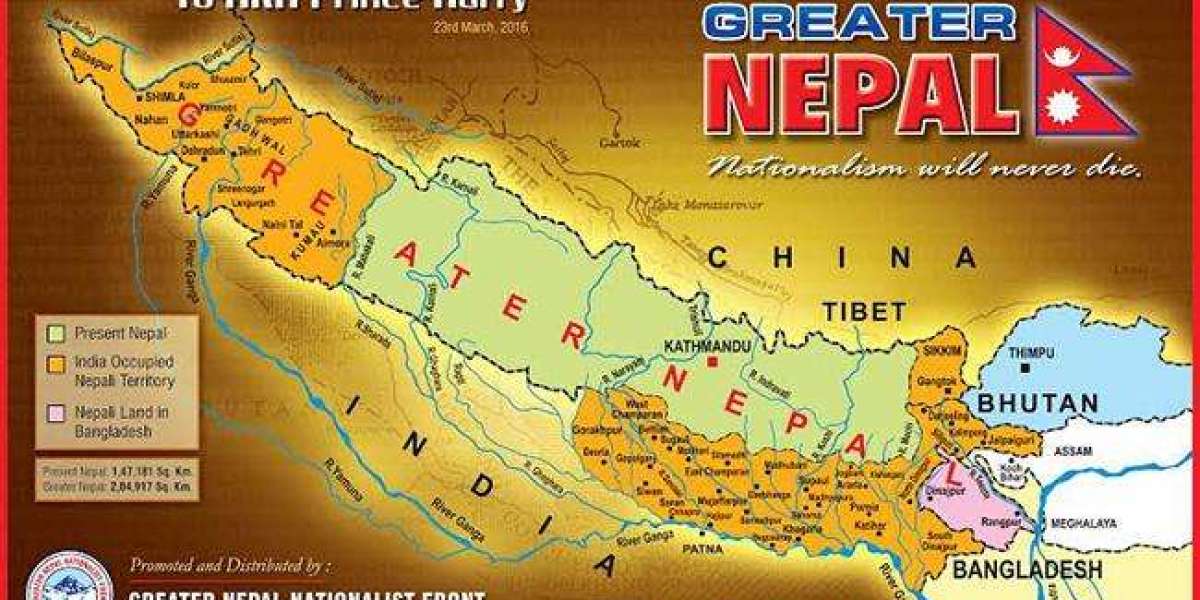Nepal, nestled in the lap of the Himalayas, is a country rich in natural resources, with diverse landscapes, abundant water resources, fertile soil, and a wealth of biodiversity. These resources play a crucial role in shaping the nation's economy, culture, and way of life.
1. Water Resources
Nepal is often referred to as the "Water Tower of South Asia" due to its immense hydrological potential. The country is home to more than 6,000 rivers, including major ones like the Koshi, Gandaki, and Karnali. These rivers, originating in the Himalayas, are vital for agriculture, drinking water, and hydropower generation. Nepal's hydropower potential is estimated at around 83,000 megawatts, though only a small fraction of this has been harnessed so far.
2. Forests and Biodiversity
Approximately 40% of Nepal's land area is covered by forests, which provide timber, fuelwood, medicinal plants, and non-timber forest products. The country's diverse climatic zones, ranging from tropical to alpine, host a rich variety of flora and fauna. Nepal is home to endangered species such as the red panda, snow leopard, Bengal tiger, and one-horned rhinoceros. Protected areas, including national parks and wildlife reserves, cover over 20% of the country's total land area, reflecting its commitment to conservation.
3. Minerals and Geology
Nepal's geology is diverse, with significant deposits of minerals such as limestone, quartz, copper, lead, zinc, and gold. Limestone is extensively used in the cement industry, while other minerals remain largely untapped due to technical and financial constraints. There is also potential for petroleum and natural gas exploration, particularly in the southern plains.
4. Soil and Agriculture
The fertile plains of the Terai region are Nepal's agricultural heartland, producing crops like rice, wheat, maize, and sugarcane. Agriculture is the primary livelihood for the majority of Nepalese, contributing significantly to the GDP. However, soil erosion and overuse have posed challenges to sustainable farming practices.
5. Tourism and Scenic Beauty
Nepal's natural beauty, characterized by the towering Himalayas, serene lakes, and lush valleys, attracts millions of tourists annually. Landmarks like Mount Everest, the Annapurna range, and Lumbini, the birthplace of Lord Buddha, are globally renowned. Ecotourism and adventure tourism, including trekking and mountaineering, significantly contribute to the economy.
6. Renewable Energy Potential
In addition to hydropower, Nepal has considerable potential for solar and wind energy. Its mountainous terrain and sunny climate offer opportunities for renewable energy development, which can address energy shortages and reduce dependency on imported fossil fuels.
Challenges and Sustainable Management
Despite its abundant resources, Nepal faces challenges in sustainable management due to deforestation, overexploitation, and climate change. Landslides, floods, and glacial lake outbursts are becoming more frequent, threatening lives and livelihoods. Effective policies, community involvement, and international support are crucial for preserving Nepal's natural resources and ensuring sustainable development.
Conclusion
Nepal's natural resources are a cornerstone of its economy and culture. By leveraging these resources sustainably, the country can achieve economic growth while preserving its environment for future generations. Investments in infrastructure, technology, and education will be key to unlocking the full potential of these n
atural treasures.







